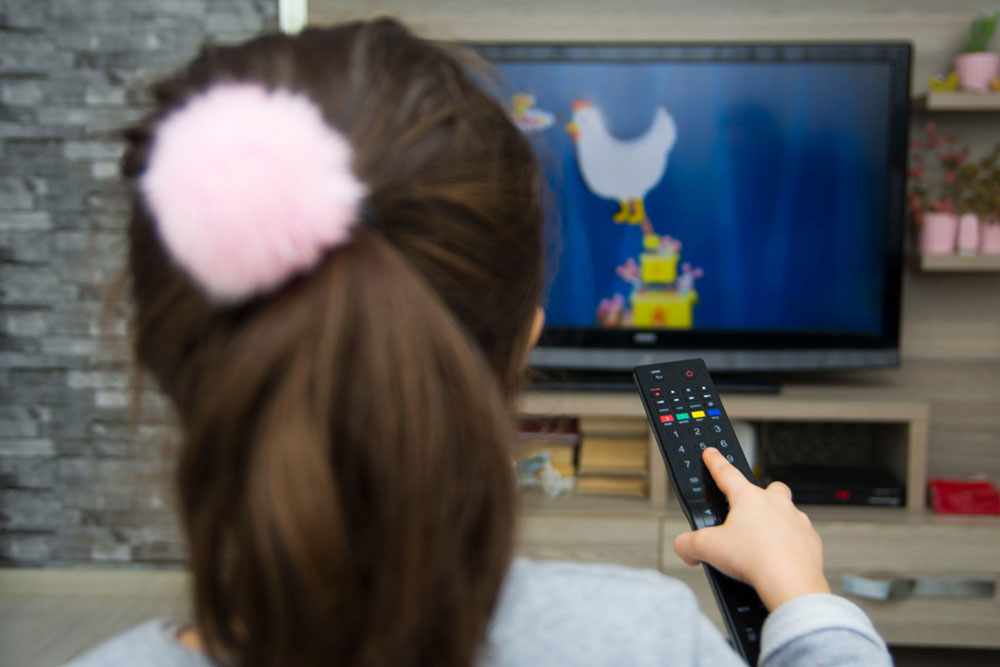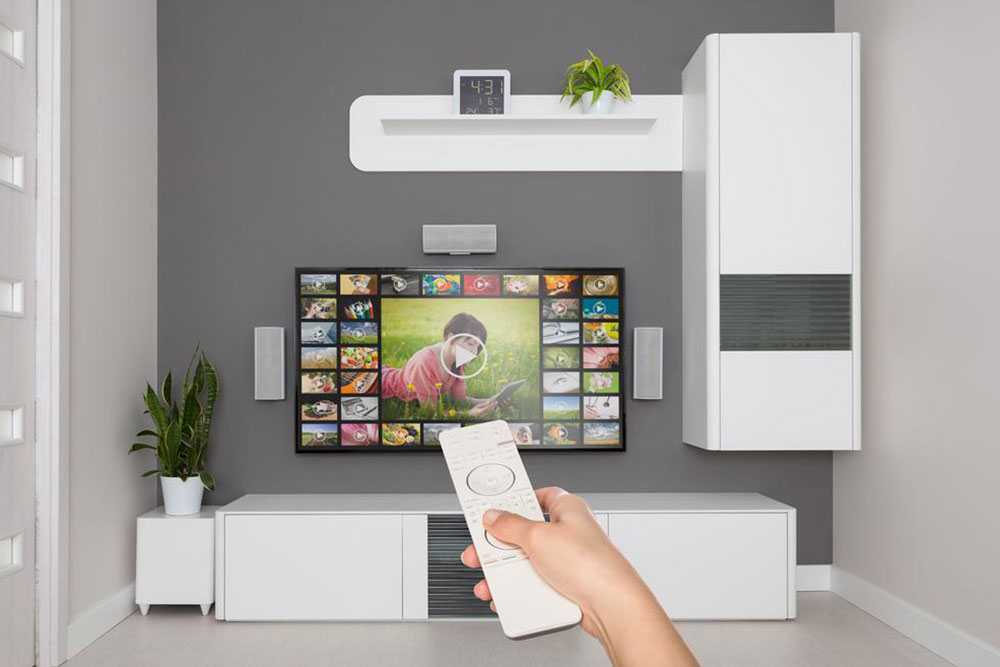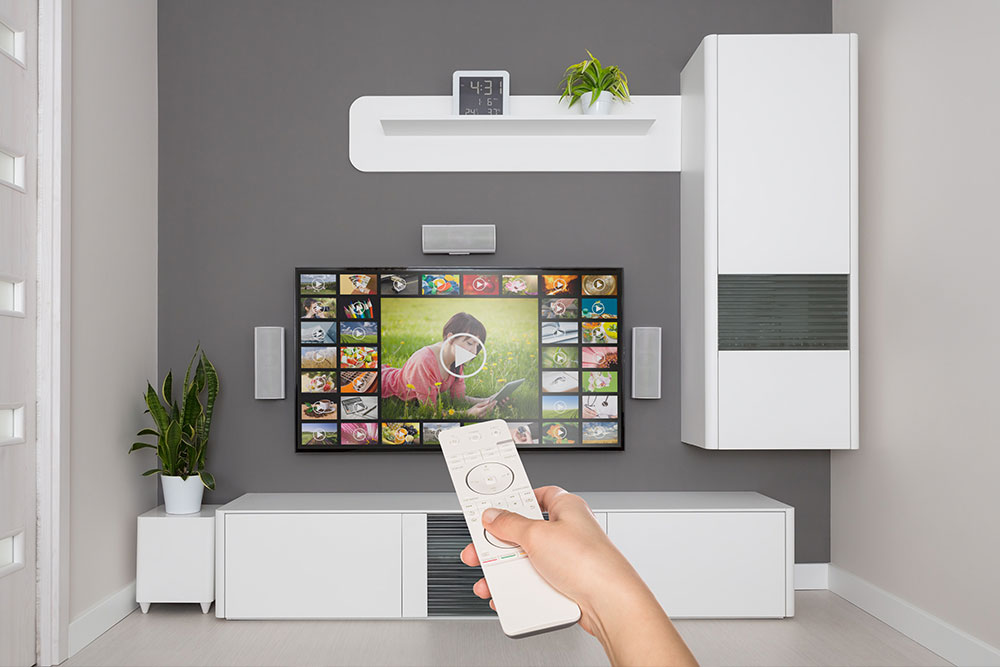Comprehensive Guide to Online Streaming TV: What Every Viewer Needs to Know
This article offers an in-depth exploration of online streaming TV, comparing it to traditional cable, highlighting its benefits, and providing tips for optimizing your streaming experience. Learn why more viewers are making the switch to affordable, flexible, and personalized entertainment options available through streaming platforms like Hulu, Netflix, and Disney+. Understand the industry trends that are transforming how we watch TV and what to consider for a seamless streaming experience.

Understanding Online Streaming Television: Essential Knowledge for Modern Viewers
In recent years, online streaming TV has revolutionized the way audiences consume entertainment. Driven by factors such as cost savings, increased flexibility, and richer content options, many viewers are shifting away from traditional cable subscriptions to embrace internet-based streaming platforms. This shift is not only changing consumer habits but also transforming the entire entertainment industry, prompting cable providers to adapt by integrating streaming services into their offerings. This comprehensive guide explores what online streaming TV is, its benefits, how it compares to traditional cable, and tips to optimize your streaming experience.
Understanding the surge in popularity of streaming services is imperative in today’s digital age. With the rise of platforms such as Netflix, Hulu, Disney+, Amazon Prime Video, and others, consumers now have unprecedented access to diverse content libraries, customizable viewing options, and flexible subscription plans. According to recent surveys, nearly 50% of households in many countries now subscribe to at least one streaming service. Interestingly, the demographic group consisting of young adults aged 14 to 25 tends to rate internet quality more favorably than traditional cable services, indicating a generational shift towards internet-based entertainment.
Why the Shift from Traditional Cable to Streaming?
The decline of traditional cable TV has been driven by several intertwined factors. Firstly, the high costs associated with cable subscriptions make them less attractive, especially given the numerous alternatives offered by streaming platforms that often cost significantly less. A typical cable bill can run hundreds of dollars annually, whereas streaming services start at around $9 to $15 per month for basic packages, with premium options costing more. This substantial cost difference appeals especially to budget-conscious consumers seeking affordable entertainment options.
Secondly, the rigidity of traditional cable packages, which bundle numerous channels that few viewers watch regularly, leads to unnecessary expenses. Streaming services provide customizable packages, allowing subscribers to select only the content they desire, thereby saving money and reducing clutter.
Thirdly, outages, signal degradation, and poor customer support are common pain points associated with cable TV. Conversely, streaming services leverage the reliability of high-speed internet and often offer higher-quality video with fewer interruptions, making for a smoother viewing experience.
In an effort to compete and innovate, US cable companies are increasingly forming partnerships with over-the-top (OTT) content providers, integrating streaming options within their traditional offerings. This hybrid approach aims to bridge the gap between conventional cable viewing and modern streaming habits. However, the rapid expansion of internet connectivity has made streaming accessible across numerous devices—from smartphones and tablets to smart TVs and even connected home devices—facilitating unparalleled convenience and personalization.
Increased Flexibility: With no long-term commitments required, consumers can subscribe or cancel streaming plans at will. The ability to access content from anywhere—whether at work, on vacation, or during a commute—using any internet-connected device significantly enhances user experience.
Affordable Entertainment: Streaming costs are notably lower than traditional cable, with plans available at competitive prices. Setup is quick, often requiring just a few minutes to start watching, making it an expedient choice for modern viewers.
Personalized Viewing: Features such as offline downloads, cloud-based recordings, and the ability to pause or rewind content give viewers control over their entertainment. Advanced recommendation algorithms personalize content suggestions based on viewing history, ensuring viewers discover new favorites and maintain an engaging entertainment experience.
Understanding the nuances of online streaming TV enables consumers to make informed choices based on their preferences and budgets. As technology evolves, streaming services continue to innovate, adding new features, improving streaming quality, and expanding content libraries. For those seeking versatility, affordability, and tailored content, streaming TV presents an optimal alternative to traditional cable subscriptions, reshaping the future of entertainment consumption.





